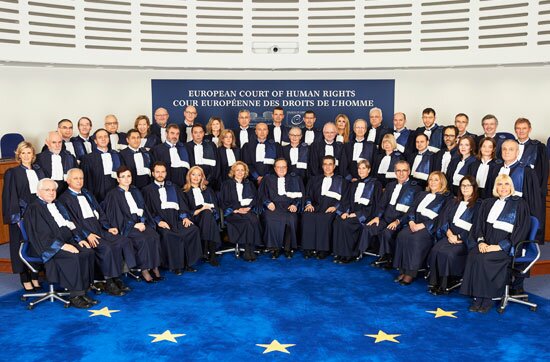
How are judges of the European Court of Human Rights elected?
The Parliamentary Assembly of the Council of Europe elects the judges of the European Court of Human Rights, providing them with democratic legitimacy.
According to the European Convention on Human Rights, judges must “be of high moral character and possess the qualifications required for appointment to high judicial office or be jurisconsults of recognised competence”.
To ensure these standards are met, there are two phases to the election process – firstly a national selection procedure, in which each state party chooses a list of three qualified candidates, and secondly the election procedure undertaken by the Assembly, in which a special parliamentary committee assesses the qualifications of the three candidates, as well as the fairness of the national selection procedure, before the Assembly proceeds with the election.
National selection procedures – transmission of a list of three candidates
When selecting their three candidates, states should ensure that their national procedure is fair and transparent, for example by issuing public and open calls for candidates. All candidates must have appropriate legal qualifications and experience and must have an active knowledge of either English or French – the languages in which Court judgments are drafted – and at least a passive knowledge of the other language.
To ensure gender-balance on the Court, states are also asked to put forward at least one candidate from “the under-represented sex” unless there are exceptional circumstances. As a result, around a third of the judges on today’s Court are women.
To help ensure candidates are fully qualified, an advisory panel of experts offers governments confidential advice on potential candidates before the final list of three is sent to the Assembly.
Election by the Assembly – choosing one judge from the list
Once the Assembly has received the list of candidates, the Committee on the Election of Judges of the European Court of Human Rights – a special parliamentary committee whose members have legal experience – firstly assesses the fairness and transparency of the national procedure used to select them. It then interviews each of the candidates in person and scrutinises their CVs, which are submitted in a standardised format, to evaluate whether all three are sufficiently well qualified to do the job. If it finds all the conditions are met, the committee draws up a recommendation for the Assembly indicating which candidate or candidates it believes are the strongest. If not, it can recommend that a state be asked to submit a fresh list.
The Assembly – made up of 324 parliamentarians – then proceeds to vote on the candidates in a secret ballot, held during plenary sessions, in the light of the committee’s recommendations. An absolute majority of votes cast is required in the first round. If this is not achieved, a second round is held and the candidate with the most votes is duly elected to serve on the Court for a single term of nine years.
Detailed information on the election procedure
Country-by-country “table of progress” of the election procedure
